Why are so many OKC restaurants and breweries closing, and should we be worried?
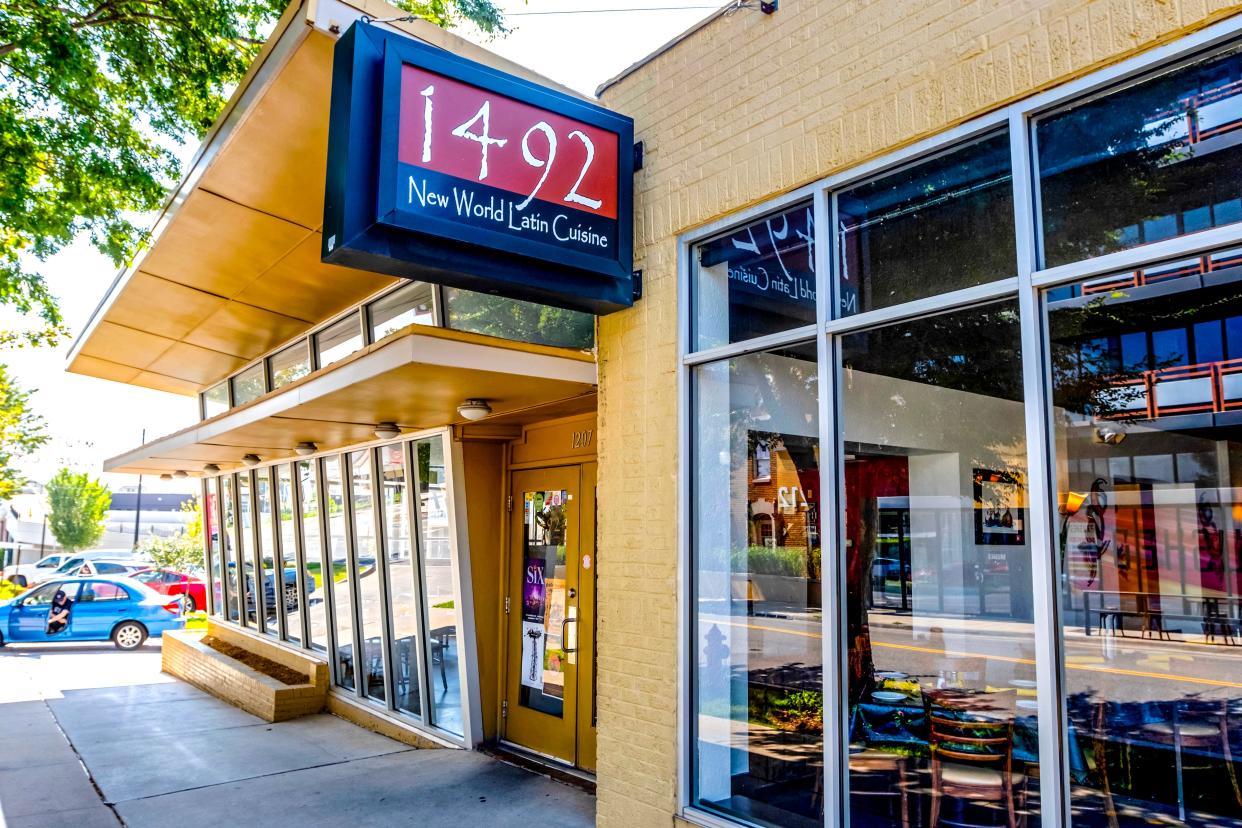
The first domino seemed to fall with the announcement of the closing of the Elk Valley Brewing taproom in December of 2022. Then in what seemed like a chain reaction, restaurants and breweries began to shutter one by one in a flurry — Winnicki, Louie's, Black Mesa, Golden Spoon, Twisted Spike, 1492, The Mantel, The Eleanor, The Copley, Oak & Ore and Cross Timbers to name a few.
The most recent announcement from ownership that Ludivine will shutter its restaurant arm makes the fine dining establishment at least the seventh Oklahoma City restaurant or brewery since just Nov. 1 to close or announce plans to close by the end of 2023, putting it among dozens that have shuttered and leaving many puzzled and wondering what’s to blame for the closures.
The reaction when a popular location announces plans for closure is often shock and frustration, which Amber Hinkle, executive director of the Craft Brewer’s Association of Oklahoma points out often leads to the question of "When’s the last time you went?"
The answer to that question can sometimes create a negative reaction all its own.
“It is easy to lash out at those people who are like ‘Well I haven’t been there five years, but I'm real sad,’ but, like, there's so many to support. At what point as a consumer are you like, 'I can't support all of you all the time, I have to eat at home sometimes,'” Hinkle said. “We have to just really start to use our powers for good and we've got to look internally and really make this maybe more of a concerted group effort from the industry.”
Restaurant and brewery owners, industry professionals and real estate experts agree that while the flux in the market can be nerve-racking, there are a lot of factors at play and it is not necessarily a sign of dire times in Oklahoma City.
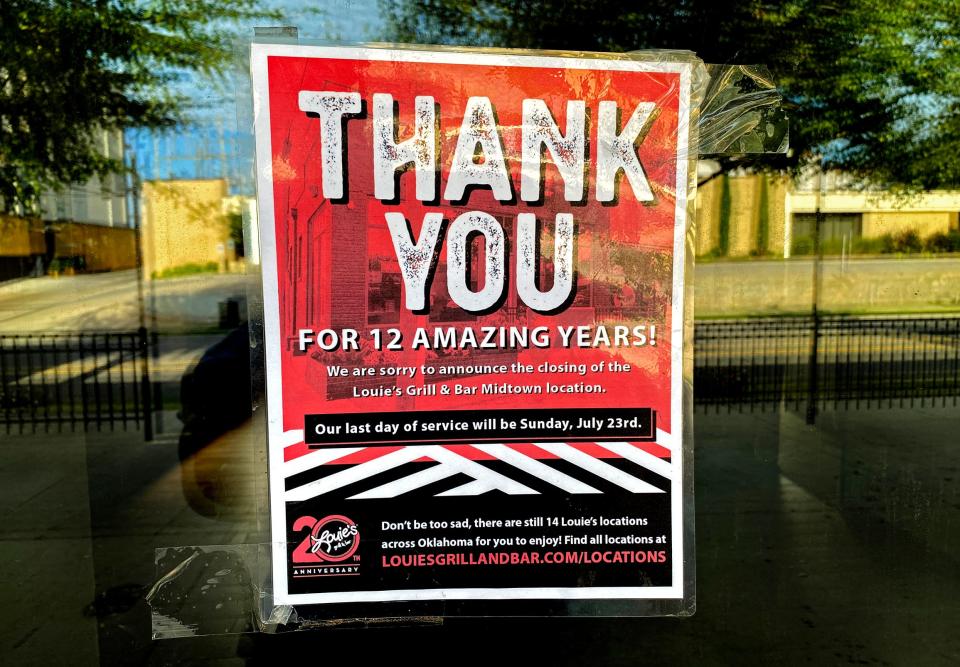
“Retail is just dynamic, which means that there's always things happening and there are stores and restaurants opening and there are stores and restaurants closing,” said Jim Parrack, vice president of retail at commercial real estate firm Price Edwards.
“It's just kind of the nature of these and in particular with restaurants, the consumer tastes change, there's good restaurant managers and bad restaurant managers, demographics move and so locations that were good one time aren't as good anymore and so all those things kind of factor in and so you're always going to have restaurants opening and closing.”
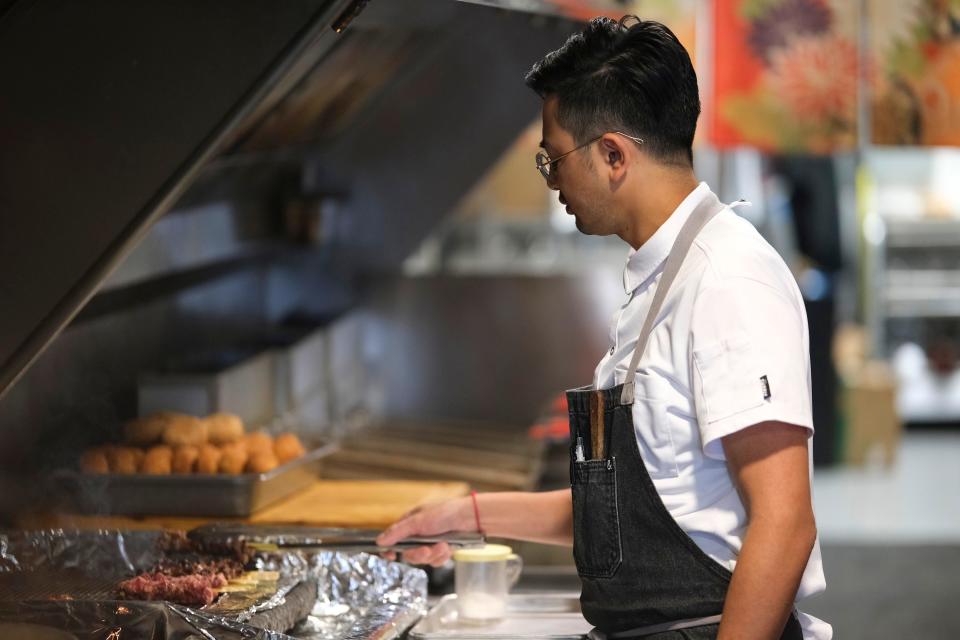
What is causing restaurant and brewery closures in Oklahoma?
In Oklahoma City, reasons for closures have ranged from financial issues to rising rents, retirements and more.
Both Oklahoma's restaurant and brewery scenes have grown exponentially and, Hinkle said, that in itself can be among the causes of closures.
“Maybe we've over-saturated a little bit, maybe that wasn't the right location, maybe it just didn't quite market the way it should have, maybe they didn't change product enough,” Hinkle said. “You know there's 1,000 different reasons why people go out of business.”
Hinkle said aside from a select few breweries that have been in business for a decade or longer, the vast majority came into the market around the same time between three and five years ago.
More: After 13 years and two locations, this Midtown restaurant will close New Year's Eve
"People were really excited about it and it was super fun,” Hinkle said. “The problem is, it would be like if you opened in a restaurant industry, all of them were Italian restaurants, right? And so while we all love us some good pasta, there's only so many people who are going to go eat Italian food all the time.”
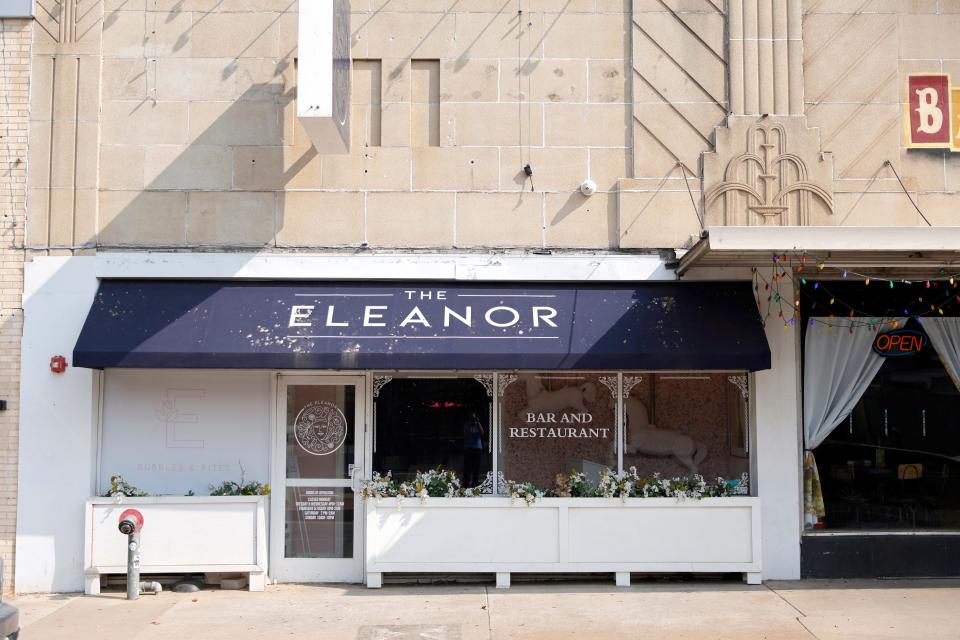
For Bruce Sanchez, of Twisted Spike Brewing Co., which closed in October, people never returned to pre-pandemic behaviors, which led to falling sales, making the financial costs of remaining open unfeasible.
“Craft beer always has been a passion over profit kind of endeavor, but there's only so much negative numbers you can take and from really that perspective, we’re really at half the numbers, our gross sales numbers are half of what they need to be for us to stay open,” Sanchez said.
Are lingering pandemic problems to blame for recent closures?
"I don't know necessarily that anything that we're seeing good or bad right now in the brewery industry has much to do with the pandemic,” Hinkle said.
However others, including writer and professor Greg Horton, do believe that some of the closures happening come down to natural dissolution put off by stimulus funding like PPP grants and loans received during the pandemic. Horton says the natural cycle is catching up to the industry in some instances, but there are still a number of other factors at play making the restaurant and brewery industries difficult to be in.
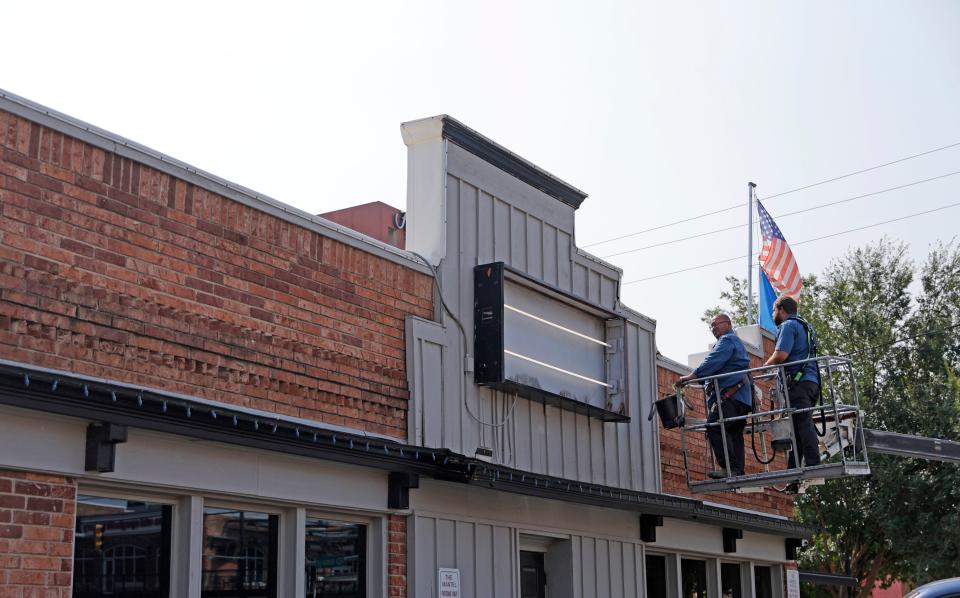
"I think there's so many different facets to this,” said Jacob Keyes, founder and CEO of Skydance Brewing Co. “Obviously everybody's dealing with this inflation so the cost of just doing business has increased a lot.”
Operating on slim profit margins
According to the National Restaurant Association, restaurants typically operate on a profit margin that hovers around 5% once all costs are paid.
"You’ve got gas, you’ve got water, you’ve got electricity. You know, we have all these expenses that we have to deal with and our profit margin is very low,” said Jeff Chanchaleune, chef owner of Ma Der Lao Kitchen. “For Ma Der, we don't profit until Saturday, so if we have a snowstorm on Saturday, we're screwed, we lose money."
Meanwhile, margins in the alcoholic beverage industry can range higher and average around 15% or more, according to Investopedia. However, despite higher profit margins in breweries, equipment is also typically much more expensive, meaning startup and investment costs for continued growth are higher.
"When it comes to the distribution model, meaning making a bunch of beer and selling it wholesale to our distributor, that's a volume gain, our margins are so much smaller that it's created a need for even more volume to make the profits that we would have made before,” Keyes said. “And in order for us to reach those volumes, it means an investment in more equipment and then inflation plays a role there because that equipment's costing more, freight getting it here is costing a lot more."

Rising product costs across the board
According to data from to the United States Bureau of Labor Statistics Producer Price Index, which measures the impact of inflation on producers via their costs, since 2004 the index for food and beverage retail has risen by about 93.1%, while the index for breweries has climbed by about 47.5%.
"Our base grain that we buy the most of to make most of our beers we paid $0.52 a pound, basically that was kind of the average. Now in some instances, we're paying almost $0.70 a pound,” Keyes said. “And so you've got this probably 30 to 40% increase in the cost of goods sold. But for us, like our beer, I can't put beer on the shelves at a Walmart or whatever and increase my prices by 30 to 40% because nobody's going to pay that."
More: An OKC spot known for great burgers is the latest restaurant to shutter
These costs only include those materials involved in the initial production of goods and services and do not take into account further expenses.
"What a lot of people don't understand is ... it's not just the food cost. It's the utilities, it's the rent, it's the labor, and to keep these employees employed. Like, we may be slow, but I'm not going to put them out of work, I’m going to eat that cost because I have very good employees, great employees that have been with me for years,” Chanchaleune said.
“If I don’t give them the hours, they’re going to leave so, you know if we’re slow I’m still eating that cost. Basically my labor is going to be the same whether we’re busy or slow because I want to keep those people.”
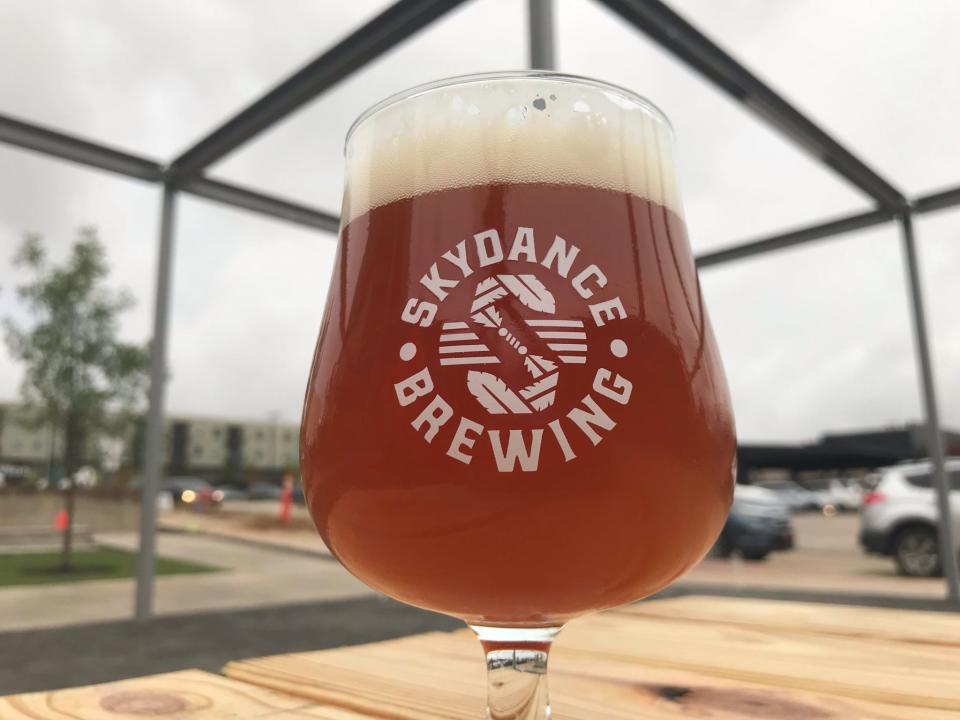
The cost of making money
Another area that restaurant and brewery owners face difficulties in is finding investors. Chanchaleune said restaurants in particular are considered a very risky investment and many banks and lenders will not offer financing.
Keyes, who is Indigenous, has a loan through the Bureau of Indian Affairs for Skydance, but that has seen the impacts of inflation, as well.
"Financing is costing a lot more," Keyes said. "We have a variable interest rate and so we went from like a 5% interest when we signed the loan to you know 9% now and that alone is a big killer as far as our just month to month repayment of that loan.”
Meanwhile, VZD's Restaurant and Bar was forced to close in September, after nearly nine years, following failed discussions between owners and new landlords over rent prices. The club, which had been in the same location since the late '70s, was a cornerstone in its neighborhood.
Parrack said that the VZD's scenario is not the norm for most restaurants, who typically pay rent as a contracted amount that is a percentage of their sales.
"Rent is usually not the reason that restaurants fail. It has much more to do with their other operating costs, a huge part of which is labor, another huge part of which is food and supplies,” Parrack said.
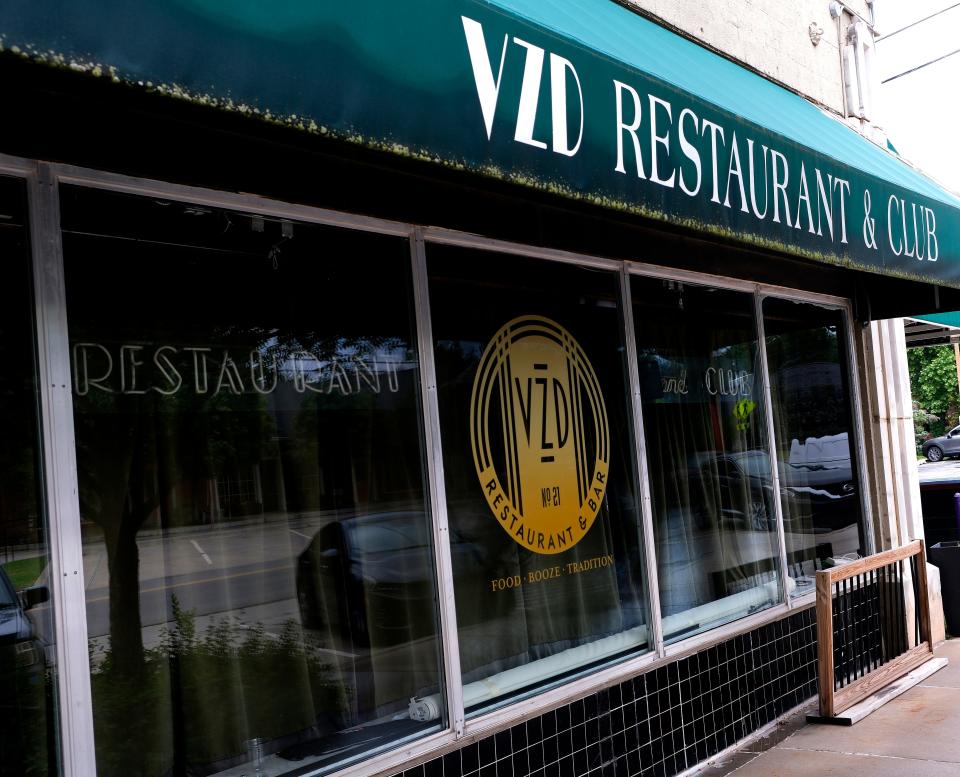
However Parrack did acknowledge that commercial rents, just like residential rent prices have been on the rise.
"Ten years ago, the high end rent in our market was probably $25 a [square] foot, there may have been a few $28,” Parrack said. "Now new space in a good center, especially if it's a pad site for a restaurant could be $35 to $45 [per square foot] and so other rents in already existing centers haven't seen that level of increase."
Parrack noted that newer buildings with higher rents typically come at higher initial construction and improvement costs on the part of the building owner or landlord as well.
What has to happen for things to improve?
Hinkle said one key aspect for the craft brewing industry is learning to diversify and adapt. The industry continues to grow she said, but there are also segments of the market less interested in consuming alcohol that brewers have to learn to appeal to.
Additionally, brewers have to learn to better market the regularity with which their products change. Breweries are changing tap handles all the time, Hinkle said, so while you may have visited a brewery one time, two weeks later they could have an entirely new lineup of beers that you miss out on if you never go back.
“With breweries, their literal livelihood is the variety that they put in there and some do it more often than others, but we forget that they do these one-off beers all the time,” Hinkle said.
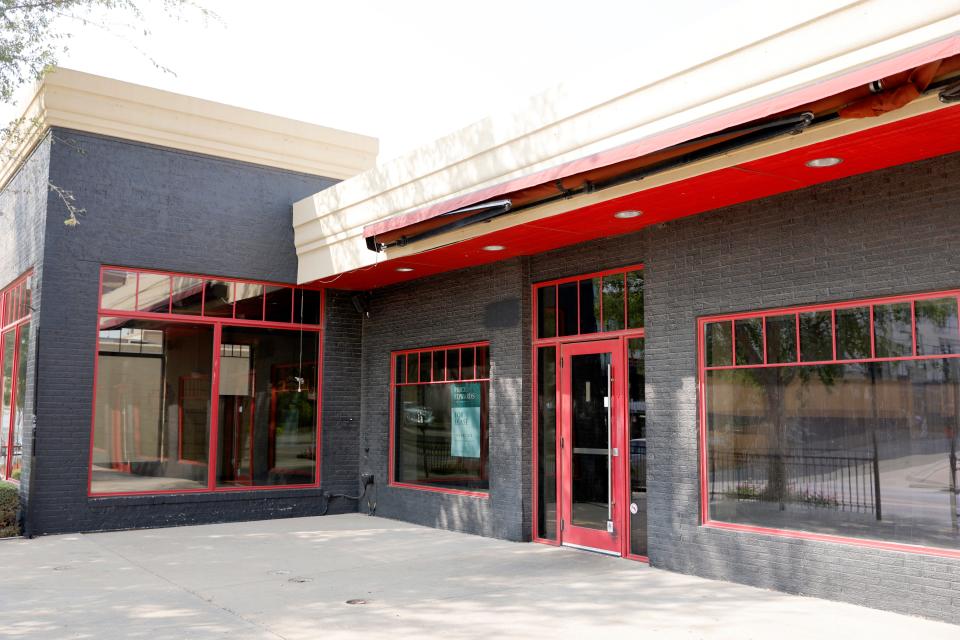
Chanchaleune said the same thing that works for brewing can be a win for restaurants.
Freestyle Fridays and regular pop-ups, where he offers limited run dishes and one-of-a-kind collaborations are among the busiest and most well attended events at Ma Der.
"There's people out there who have the money are willing to spend the money, but sometimes they want variety or they want something new or exciting. If you are able to provide something that is new and exciting every week or every month then you can continue to get those people,” Chanchaleune said.
Hinkle said whether you buy packaged products directly from local breweries – some of whom will even ship to your home – or opt to grab a local beer on your next liquor or grocery store run, the investment in a small brand makes a difference.
“Try to pick that up instead of you know, your mass produced other beer products,” she said. “Anything we can do to support those local guys is really it.”
Additionally, Keyes, Chanchaleune and Hinkle all said a major factor in local businesses being able to make it and continue is community support.
"It's pretty simple. The only way to really support us is to show up. You know, come out and visit the tap room or buy the products,” Keyes said. “They just have to want to support local instead of the big chain.”
This article originally appeared on Oklahoman: Why have so many OKC restaurants, breweries closed? Inside the industry

